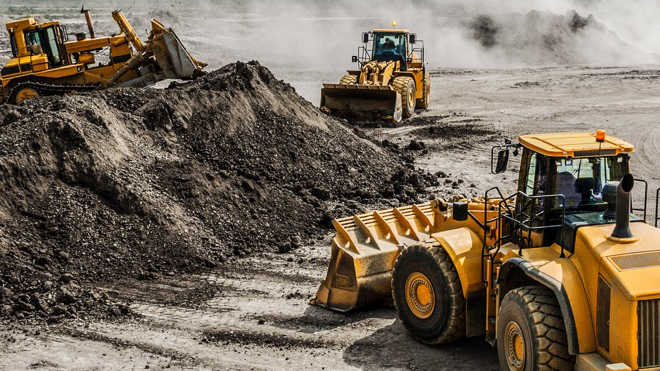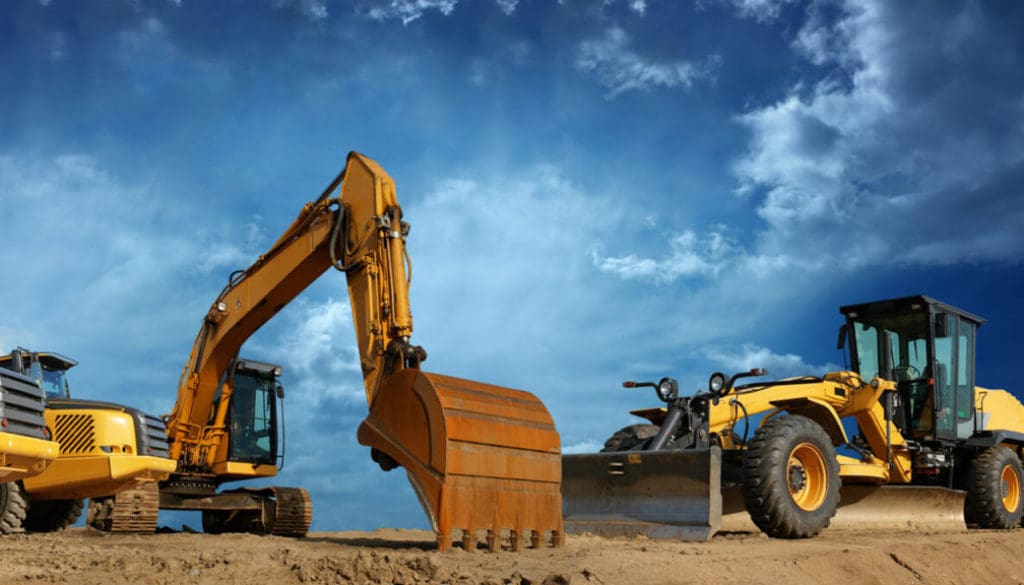Forklift Rental Solutions for Industrial and Commercial Use
Forklift Rental Solutions for Industrial and Commercial Use
Blog Article
Leasing Vs. Purchasing Building Devices: Making the Right Option for Your Project
When embarking on a building and construction project, one of the crucial choices that predict managers and stakeholders encounter is whether to buy or rent out building and construction tools. The decision pivots on different factors such as expense considerations, task period, devices upkeep, scalability, adaptability, and risk administration.
Cost Considerations
Leasing devices often calls for lower initial repayments contrasted to purchasing, making it an attractive choice for temporary tasks or specialists with budget restrictions. In the lengthy run, consistently leasing equipment can collect greater prices than buying, specifically for extensive tasks.
On the various other hand, purchasing building and construction tools includes higher upfront prices but can result in long-term cost savings, especially for long-lasting projects or regular users. Ultimately, the choice between leasing and buying building and construction devices hinges on the task's period, regularity of usage, spending plan factors to consider, and lasting monetary goals.
Project Duration

On the other hand, for long-lasting jobs or continuous construction work, buying tools can be the more affordable option. Investing in equipment can lead to cost savings over time, especially if the equipment will certainly be often made use of. Additionally, possessing tools provides a feeling of control over its availability and enables customization to fit specific job requirements.

Equipment Upkeep
Given the crucial role task duration plays in establishing one of the most cost-efficient method in between renting out and buying building and construction equipment, the focus now shifts in the direction of analyzing the necessary aspect of equipment upkeep. Correct maintenance is essential for making certain the ideal performance and long life of building equipment. Renting tools commonly includes the benefit of having well-kept machinery given by the rental business. This can relieve the problem of maintenance tasks from the job proprietor or specialist, saving time and effort. On the various other hand, having equipment needs a proactive technique to maintenance to prevent malfunctions, make sure safety, and expand the equipment's life-span. Routine inspections, maintenance, and timely fixings are required to maintain owned devices in leading working condition. Factor in maintenance prices when deciding between buying and leasing, as disregarding upkeep can cause pricey fixings, downtime, and job hold-ups. Eventually, a well-kept building devices fleet, whether leased or possessed, is vital for the effective and successful conclusion of building tasks.
Versatility and Scalability
In the realm of construction devices monitoring, the element of flexibility and scalability holds significant importance for job efficiency and source use. Opting to rent construction devices gives a high level of adaptability as it allows for the fast modification of equipment types and amounts based on the evolving requirements of a task.
Renting out building and construction devices provides the benefit of quickly scaling operations up or down as project demands rise and fall. Contractors can swiftly trade or add devices to match the project's changing needs without the constraints of having possessions that might come to be underutilized or obsolete.
Danger Administration
Effective threat administration in construction equipment procedures is critical to guaranteeing job success and mitigating prospective economic losses. Construction projects naturally entail numerous risks, such as tools breakdowns, mishaps, and task hold-ups, which can dramatically impact the job timeline and budget. By carefully considering the dangers linked with owning or renting out construction devices, task supervisors can make informed choices to decrease these prospective dangers.
Renting out building equipment can use a degree of risk mitigation by transferring the duty of repair and maintenance to the rental firm. This can lower the financial worry on the job proprietor in case of unanticipated tools failings (dozer rental company near me rental). Furthermore, leasing gives the adaptability to gain access to customized devices for particular task stages, minimizing the threat of owning underutilized equipment
On the various other hand, owning building tools supplies a sense of control over its usage and upkeep. Nonetheless, this additionally implies bearing the complete obligation for fixings, upkeep costs, and depreciation, enhancing the financial threats connected with devices ownership. Mindful risk analysis and factor to consider of variables such as job period, equipment use, and maintenance demands are critical in establishing the most ideal option for reliable threat management in building and construction jobs.
Conclusion
Finally, when deciding between renting out and getting building and construction tools, it is crucial to think about price, task duration, tools upkeep, scalability, flexibility, and danger administration. Each variable plays a vital role in establishing the most ideal choice for the project available. By thoroughly assessing these aspects, task supervisors can make an educated decision that straightens with their spending plan, timeline, and total project objectives.

Report this page